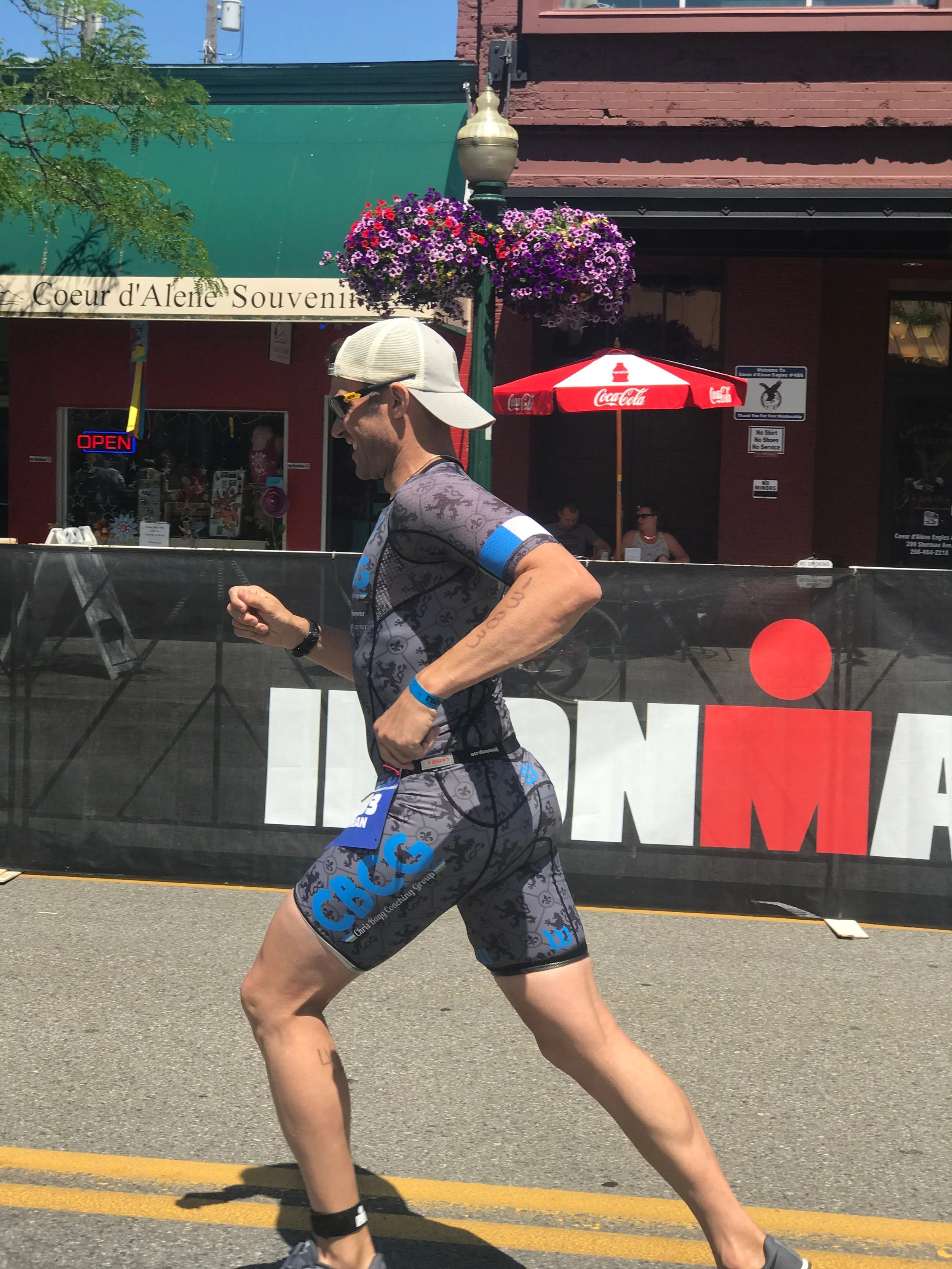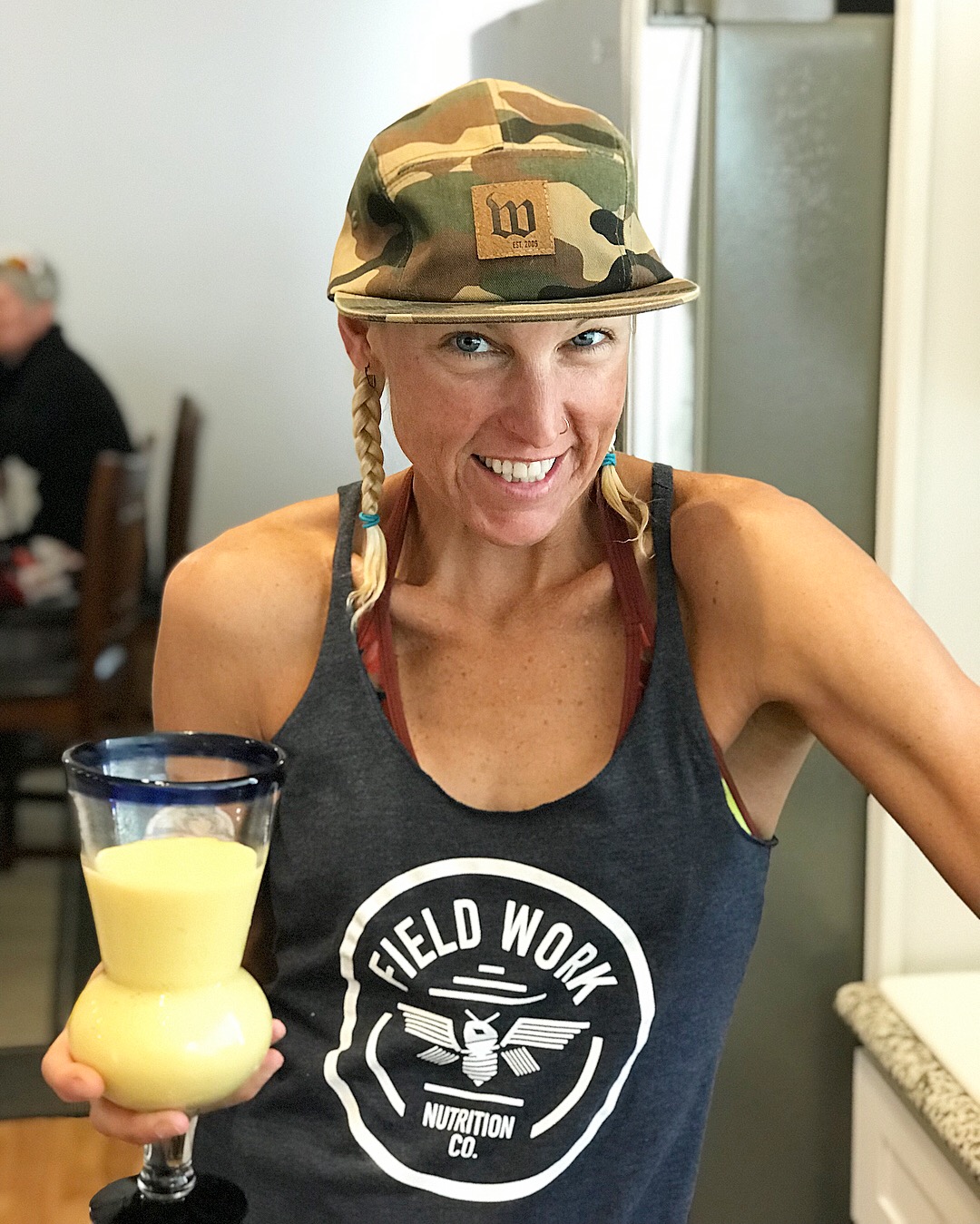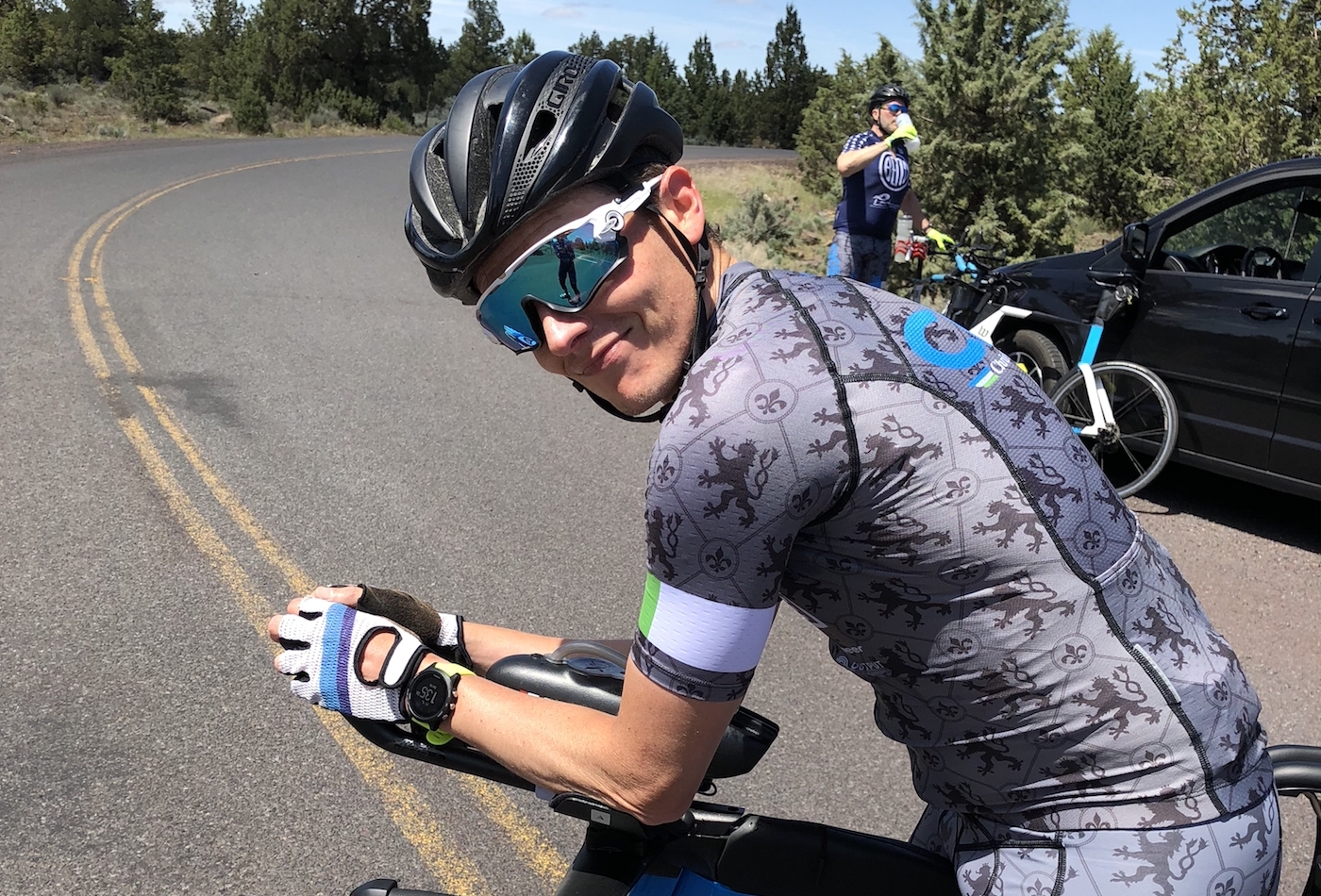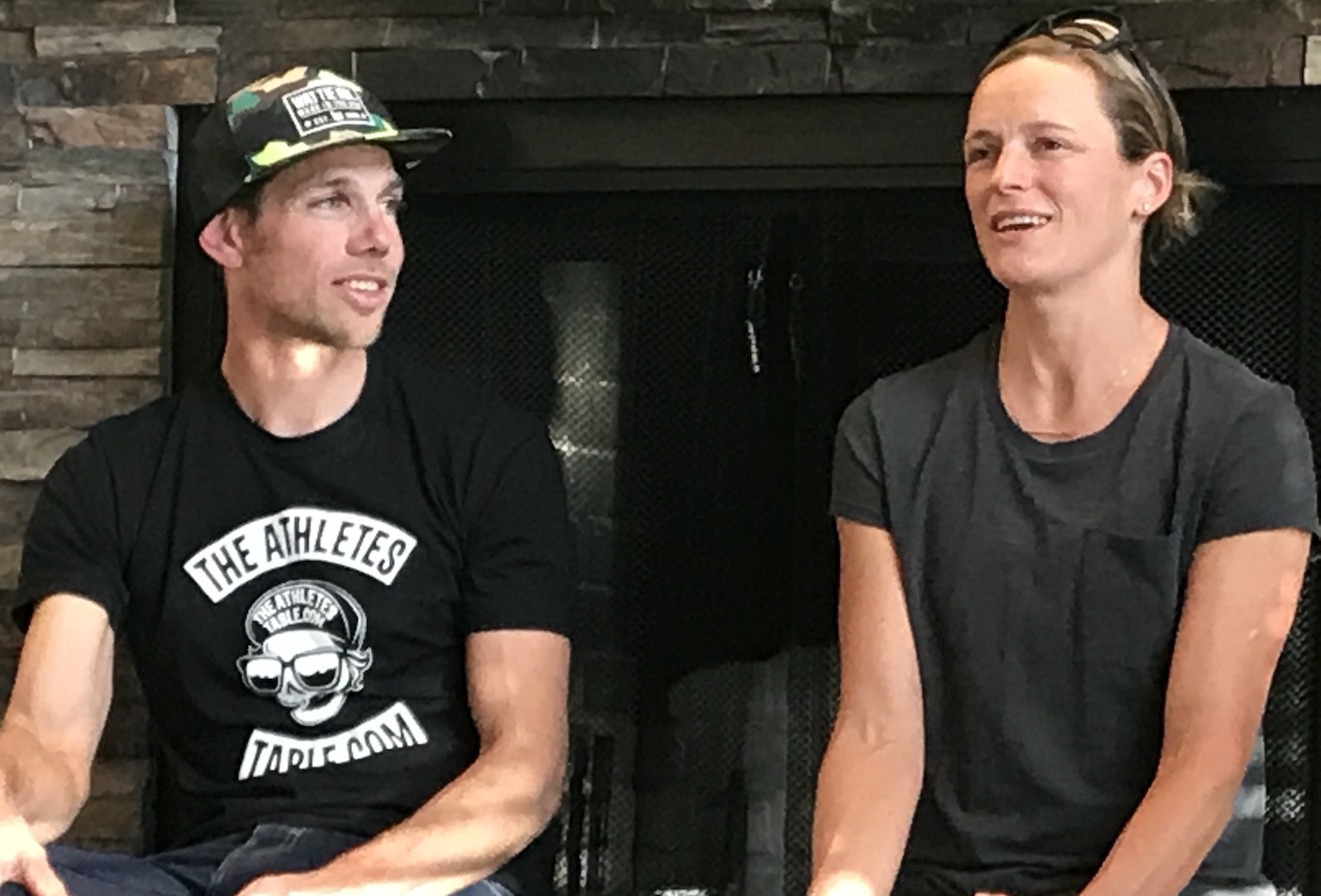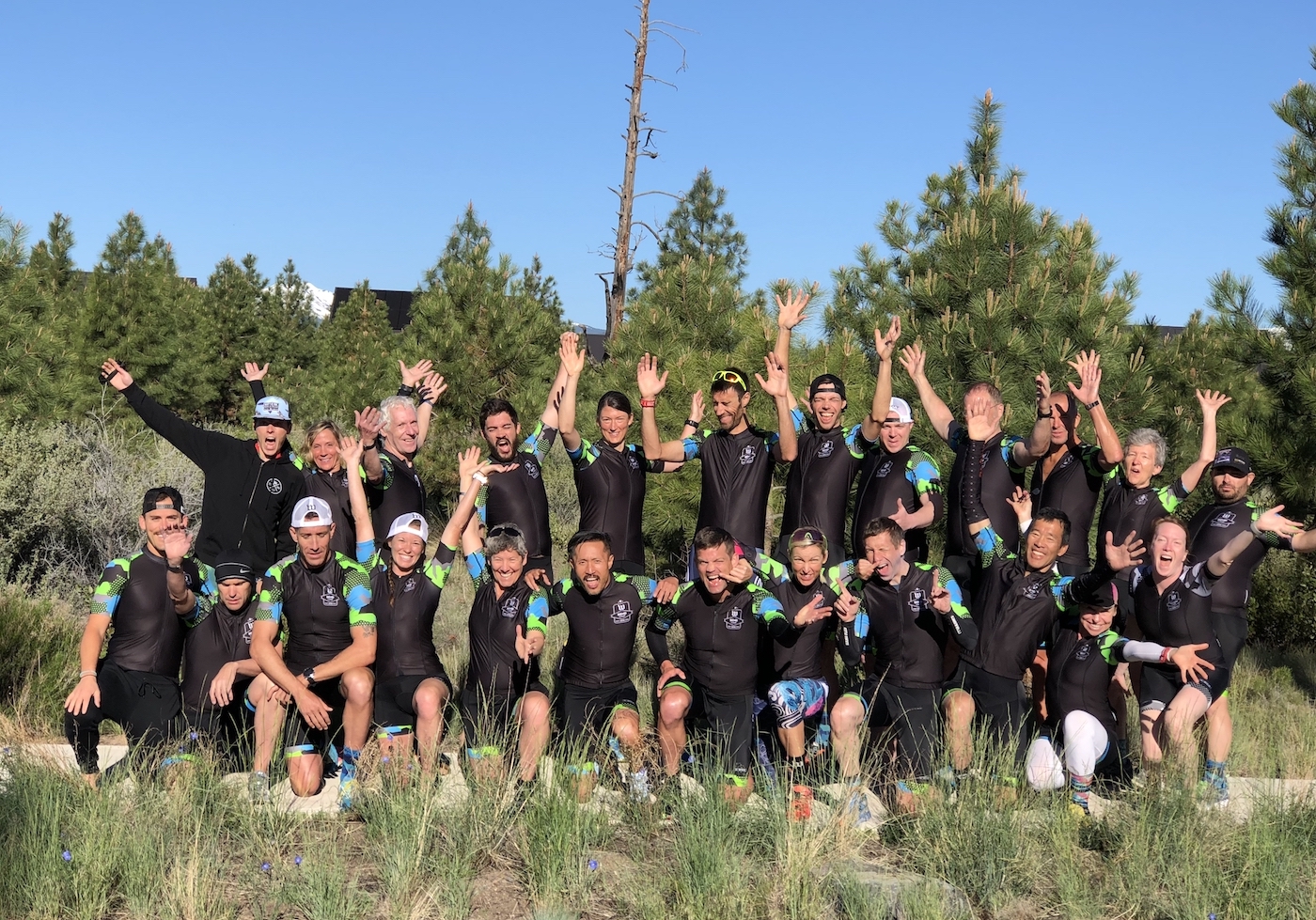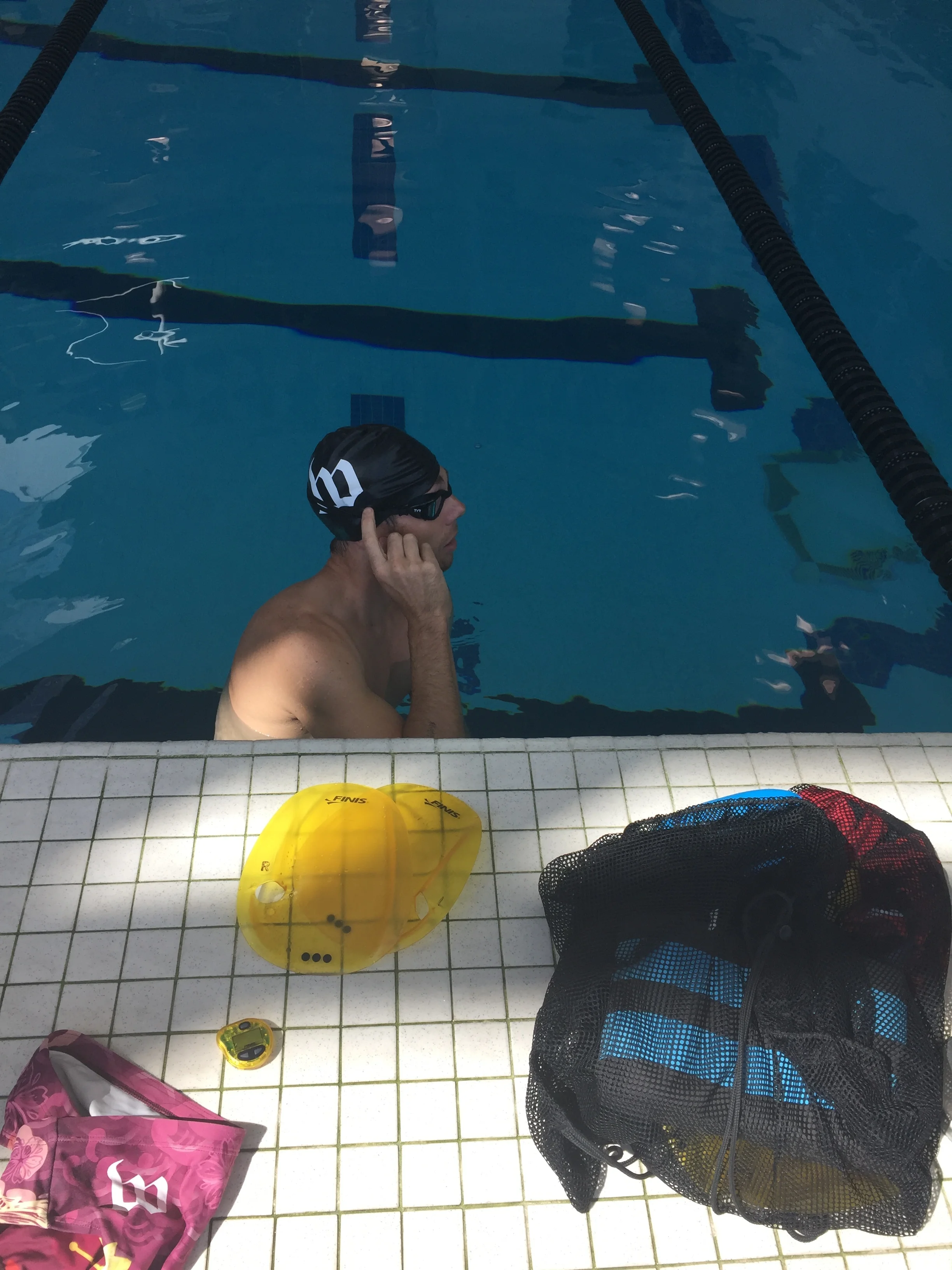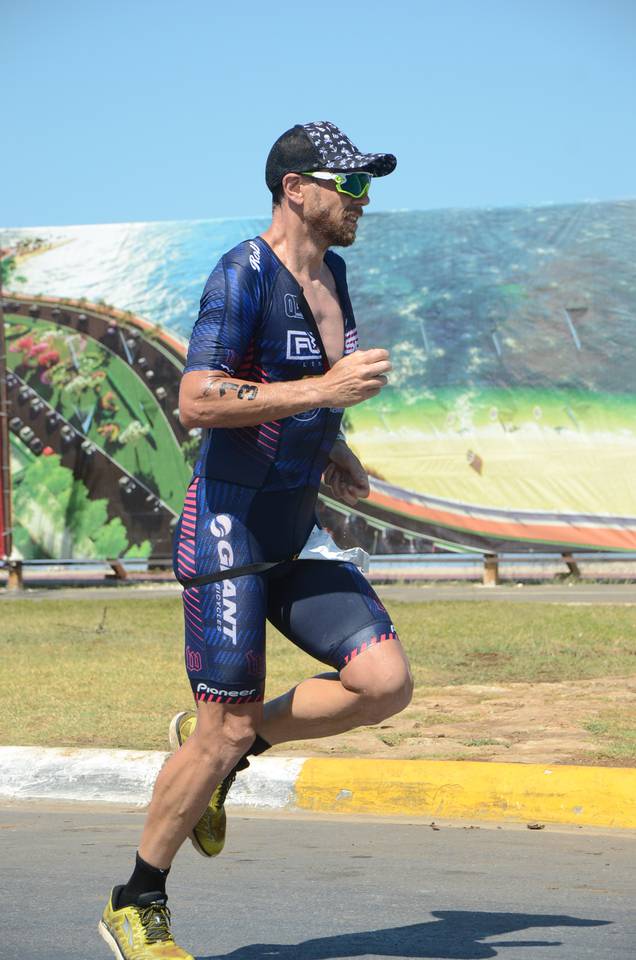Was the result mind-blowing? No. I’d managed a respectable 12th pace out of 19 professional starters, in 4:14:17, a full nine minutes behind 10th place, but I believe I swam, biked, and ran to my current potential, and that belief allowed me to lie there on that table, give a small thumbs up to my dad, who was excitedly standing outside the athlete finisher’s area, and almost fall asleep a few times as two generous masseurs worked on my legs. Here’s how it all went down.
Pre-race
Campeche is a marvelous medium-small city on the western coast of the Yucatan Peninsula. You can fly into Campeche itself, or into Mérida, a larger city about two hours north by car. We flew into Campeche and caught a taxi to our airport. You don’t need a rental car for this race, although one would b helpful. Campeche sprawls out from a central walled city, which was constructed after the city decided enough was enough following 150 years of pirate assaults. They are a patient people, apparently. Pirate culture is everywhere in Campeche—it clearly is an important part of their history: living with the pirates, overcoming them, and then memorializing the struggle (kinda like race reports…hmm, metaphor?). There are many small hotels within the walled part of the city, where you will pay standard US rates for lodging (think $80-120/night). A few larger and less expensive hotels sit outside the walls, on the main coastal avenue (The Malécon), and we posted up in one of these: Hotel Baluartes. It was cheap, clean, and looked out directly onto the ocean. One of the nicest features of the hotel is that a small pod of food carts perches just outside the entrance, and we ate many of our meals there, often paying less than $12 a meal. It never gets old, paying 1955 prices for things. Another brief plug for Baluartes
Another 1950s thing about Campeche (most of Mexico, really) is how friendly and family-focused people are. Go to a park in the evening and entire families are hanging out on park benches, the kids scrambling around on skateboards and the abuelos holding court. Everyone we met was genuinely happy to meet us, we felt, even when taking into account we represented A) money and B) colonialism, either historic or present-day. Add to the fact that we clearly made the attempt to speak in Spanish, and people were very grateful. You will, however, need some Spanish to get around Campeche—many people speak no English. So prepare some basics.
OK, race logistics. Campeche is a two-transition zone race, so the usual hither-and-yonning in the days before the race is required. You swim at the Campeche Country Club, about eight miles south of the town proper, so you’ll have to get yourself down there the day before to drop off bikes, and then to T2/finish (at the convention center) to drop off your run bags. This all sounds simple, but by midday the temperature is well into the 90s, and doing anything both requires extra effort and has the potential to deplete your physical resources. The swim at Campeche is pretty straightforward, so you can probably skip the practice swim on Saturday and simply hit one of the pools around town (the municipal pool is 50m and free—natch). Skipping the practice swim will save you from making two trips out to the Country Club the day before the race.
Personally, I was worried headed into the race. Campeche lay at the end of a pretty difficult month, logistically, athletically, professionally, and emotionally. I left Portland on February 19th, headed to the QT2 Systems Pro Camp in Clermont, Florida, for two weeks of training with my coach, Tim Snow, and head coach of that company, Jesse Kropelnicki. I’ve been to a lot of pro camps over the years, and the QT2 camps are, undoubtedly, the hardest. You don’t know what you’ll be doing from day to day, so you can show up to a bike workout and learn that you’re facing a two-hour ride with big gear efforts, or a six-hour ride with two-hours of effort. Physically the effort is similar to other pro camps (high), but mentally it’s more challenging. You have to absorb new (and potentially unwelcome) information and do your best anyway. Kinda like racing. That’s probably intentional…
After camp, I traveled to Tucson to run my own camp for CBCG, the coaching company I run with several other coaches in Portland and other states in the west. While attending camp is tiring, running a camp is exhausting. You have to juggle organization, logistical requests, safety, food, transportation, lectures, bike maintenance, sagging and support, workout building, and the emotional management of your participants. I didn’t get much sleep each night, and definitely picked up some stress and strain throughout the week. By the time Amy and I headed to Campeche, I was tired, grouchy, sore, and not really looking forward to racing. I got some good talkings-to from Tim, my coach, who suggested we go totally data-blind for the race, and from Linsey Corbin, my housemate from Pro Camp (“You’re racing in Mexico: safety first, fun second, results third,” she told me the day before the race). The night before the race I’d resolved to aim for fun, and to simply do what I felt I could. Mentally, I wasn’t in a good spot. I felt heavy and tired, and was having trouble with headaches and caffeine management. I would go for runs and feel blown out. I hadn’t gotten in much training the week of the race.
Race morning, though, I felt good. I always know that things tend to go well if I’m feeling jokey and unconcerned on the start line, and after a solid warmup in the water (Campeche DOES allow you to warmup before the race, which is a very nice perk—there’s a little area to the north of the start line where they set up a buoy line that’s about 100m long)I jogged to the start line. I found Trevor Wurtele, who is always a good swim mark for me, and we chatted and joked a bit before the start. Most races give you a start countdown, but no such luck at Campeche! Trevor and I were talking, and suddenly the horn blew! We both started poorly, even getting hung up in the caution tape they used to hold us back from the water, and flopped into the water well into the third row of swimmers. “Oh well,” I though. “Not a great start. Let’s just jump on some feet and do what we can.” Oddly, I latched onto the pack of guys right in front of me and just swam at around 80-90%, I’d say, which is what Tim had suggested I do. Usually, I’m a mental midget in the swim, going out too fast and then getting dropped by swimmers I “should” out-swim. Instead of focusing on them this time, though, I focused on my effort, and by the first buoy I could see the lead pack going away, but felt confident I could hang out in the group I was in. Sure enough, I came into T1 in a group of 5-6 swimmers, including eventual runner-up Michael Weiss, about two minutes behind the lead group of Terenzo Bozzone and the other super swimmers.



